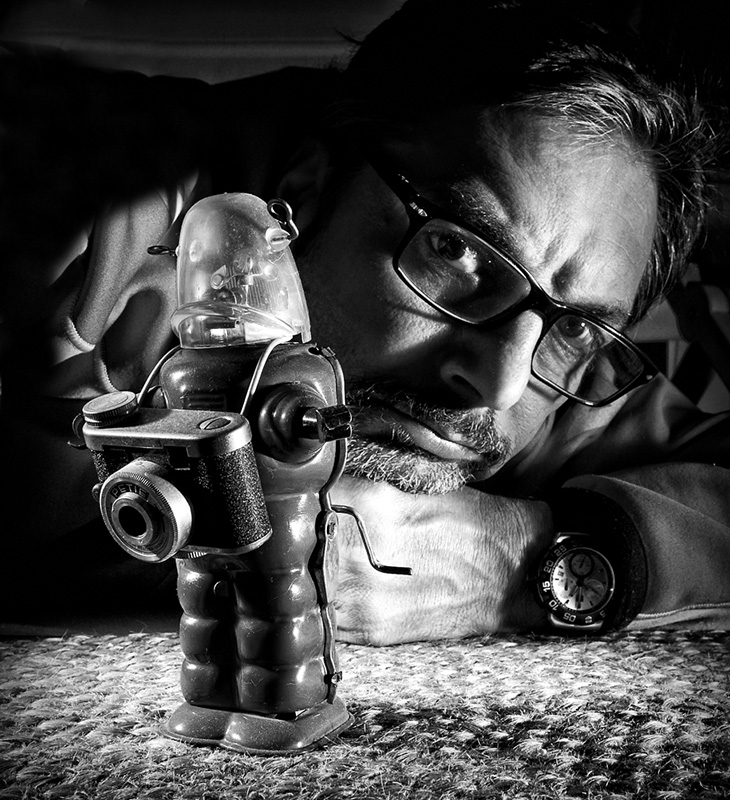Claudio Allia (1962), is an Ophthalmologist, jazz and classical music producer, and an amateur awards-winning photographer living in Sicily. Music and photography have always been his main passions that he has cultivated all his life since childhood. Fascinated by fine art and conceptual photography, at early 90's Claudio began to devote himself to the creation of photographic projects and series trying to transfigure and filter most disparate social themes, even the most crude and brutal, through his personal sensitivity and imagination.
Since 2005, started to experiment with new visual and creative approaches into his photographic world, exploring and developing as well his knowledges in the digital editing field and spacing his body of work from fine art to surrealistic or conceptual photo collections/series up to pure social/documentary photography.
Slum Glam series
Despite the harsh living conditions I have recognised the high level of dignity shown by the Mathare residents and my Slum Glam series attempted to depict this. A hand painted, makeshift wooden chair rests in front of a multi coloured shack wall that the women have decorated using brightly coloured designs wearing their best clothes to pose for my camera.
Flower Pots series (Mathare Valley Slum - Nairobi)
"Now we go into the vulnerable realm of an impossible privacy, constantly threatened and modified by all that's happening outside; rooms as decorated trenches of a never-ending battle; 9 square meters where to try a claustrophobic but worthy independence, where to keep dignity at low cost. Now focus in the flowerpots; the picture is a transparent flowerpot allowing you to check every corner of these rooms... look again: the dwellers are the flowers." --Claudio Torres
Remote Control series (Mathare Valley Slum – Nairobi)
For the Remote Control series some of the children of Mathare joined me on a photo shoot, turning up well dressed and carrying a favourite, or only toy. As they walked through the area of corregated dwellings I handed them a remote control i had brought withme in preparation and they instinctively grasped the significance and started pointing it towards areas that they wished to see change to improve their existence.
